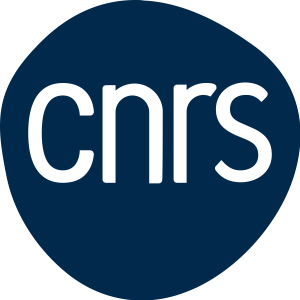
Increased thirst

Frequent urination

Unintended weight loss

Blurred vision

Irritability

Extreme hunger

What is type 1 diabetes?
Type 1 diabetes (previously called insulin-dependent or juvenile diabetes) is caused by a loss or malfunction of the insulin producing cells, called pancreatic beta cells. Damage to beta cells results in an absence or insufficient production of insulin produced by the body.
Type 1 diabetes accounts for about 5-10% of diabetes worldwide. Most cases have an autoimmune basis but factors like genetic disposition (traits passed on from parent to child) and environmental triggers like viruses or other environmental factors may also play a role in the onset of type 1 diabetes.
There are 2 sub categories of type 1 diabetes:
Type 1a
In type 1a diabetes, the immune system is so overactive that it destroys normal beta cell tissue. The telltale signs of this destruction are detectable by a laboratory blood test. The list of biomarkers assessed in this test includes glutamic acid decarboxylase antibodies (GADA), islet cell antibodies to membranous tyrosine phosphatase (ICA-512), islet cell antibodies (ICA) and insulin auto-antibodies (IAA).
Some adults have a slowly progressive autoimmune destruction of their beta cells referred to as Latent Autoimmune Diabetes of Adults (LADA). Individuals with LADA may be treated for years with diet and antidiabetic pills, and often are misdiagnosed as having type 2 diabetes. Ultimately diagnosis is established by confirming the presence of antibody markers and insulin replacement therapy is necessary.
Type 1b
People with type 1 b diabetes meet two criteria: first, there is no evidence that their immune system is attacking beta cells. Second, they have alternating cycles where they need and then don’t need insulin replacement. this form of the disease is unusual and most often diagnosed in those of African or Asian heritage.
Symptoms







Treatment and management
Type 1 diabetes is managed with insulin injections several times a day or the use of an insulin pump. Different types of insulin start to work at different speeds, and the effects of each last a different length of time. Thus, you may need to use more than one type. Hypoglycemia can occur if you take insulin but don’t match your dose with your food or physical activity. Severe hypoglycemia can be dangerous and needs to be treated right away.
While your lifestyle choices did not cause type 1 diabetes, you can manage your diabetes by taking care of yourself each day: follow your diabetes meal plan, stay physically active and check your blood glucose often. Remember the choices you make now can reduce the impact of diabetes-related complications including kidney disease, lower limb amputation and blindness.
Work with your health care team to come up with a diabetes care plan that works for you.
![]()




Institut Necker Enfants Malades
U1151 INSERM – UMR8253 CNRS – Université Paris Cité
156-160 rue de Vaugirard 75015 Paris
